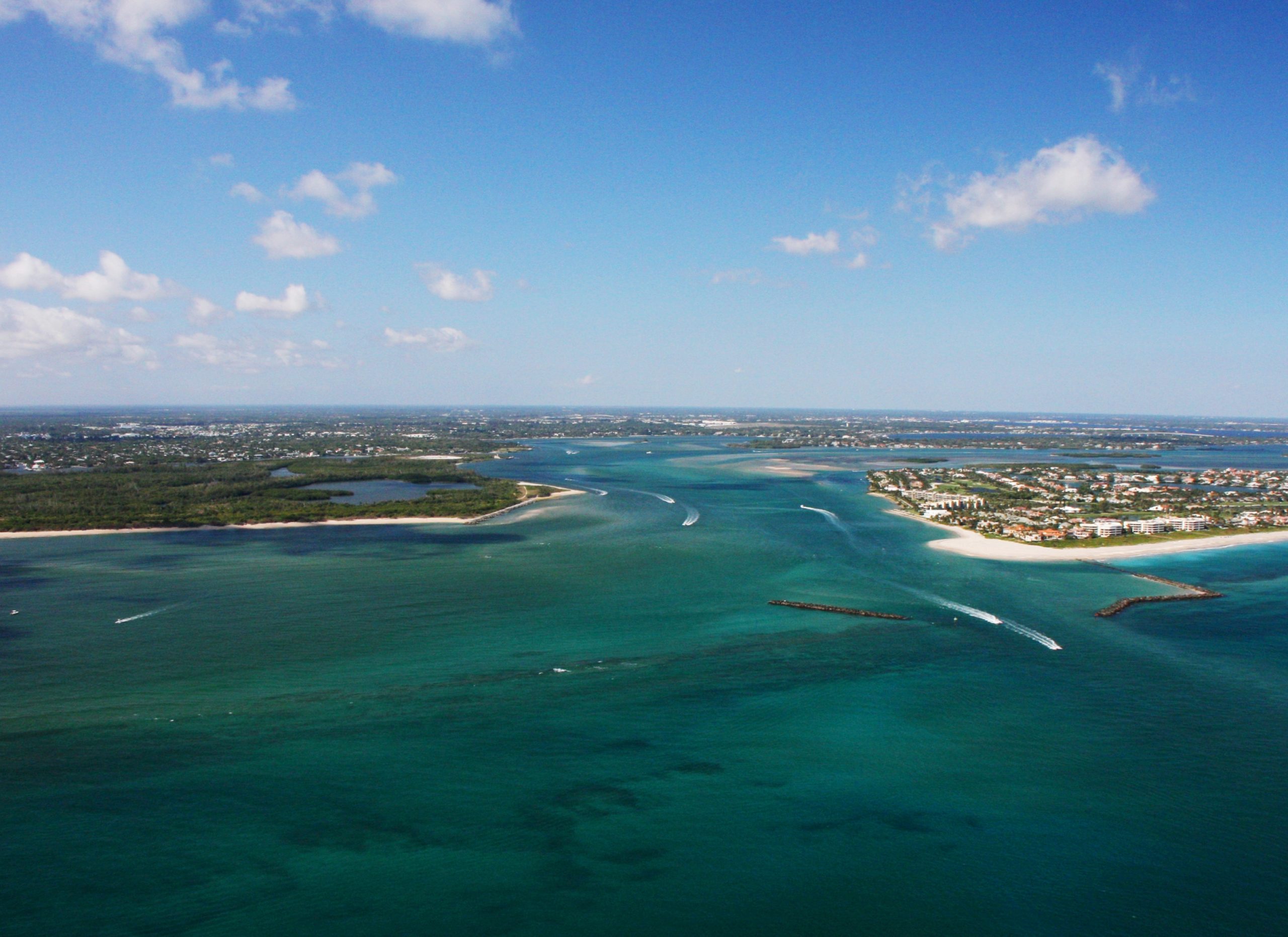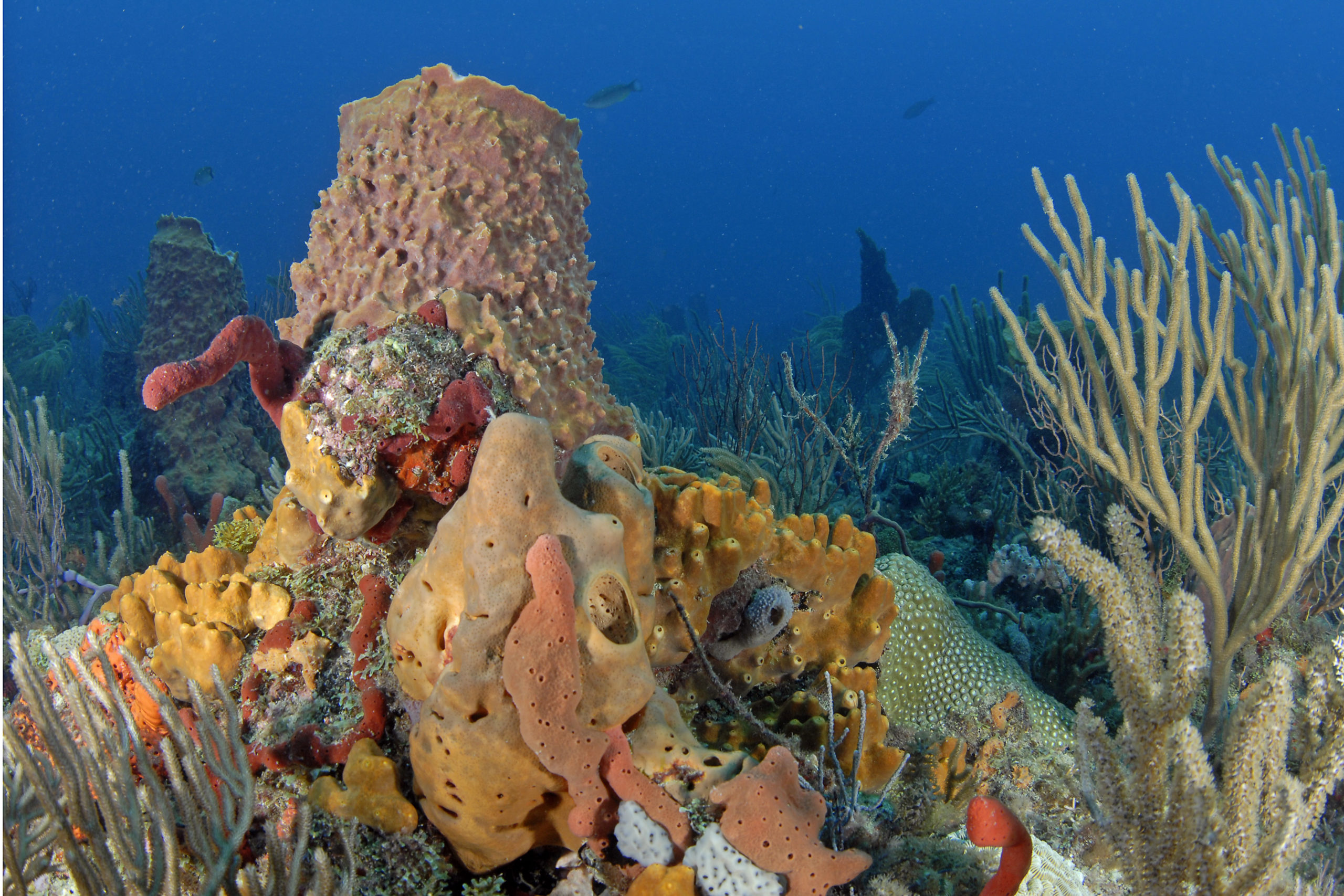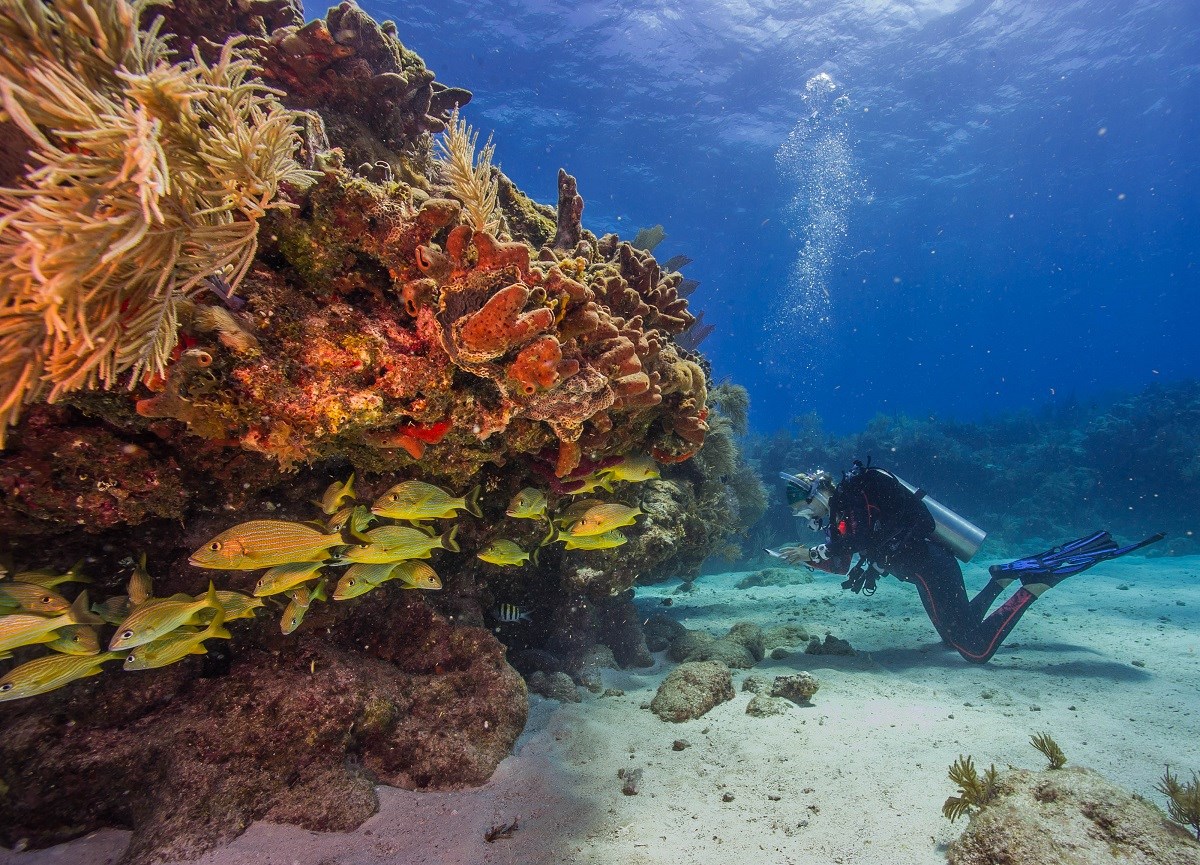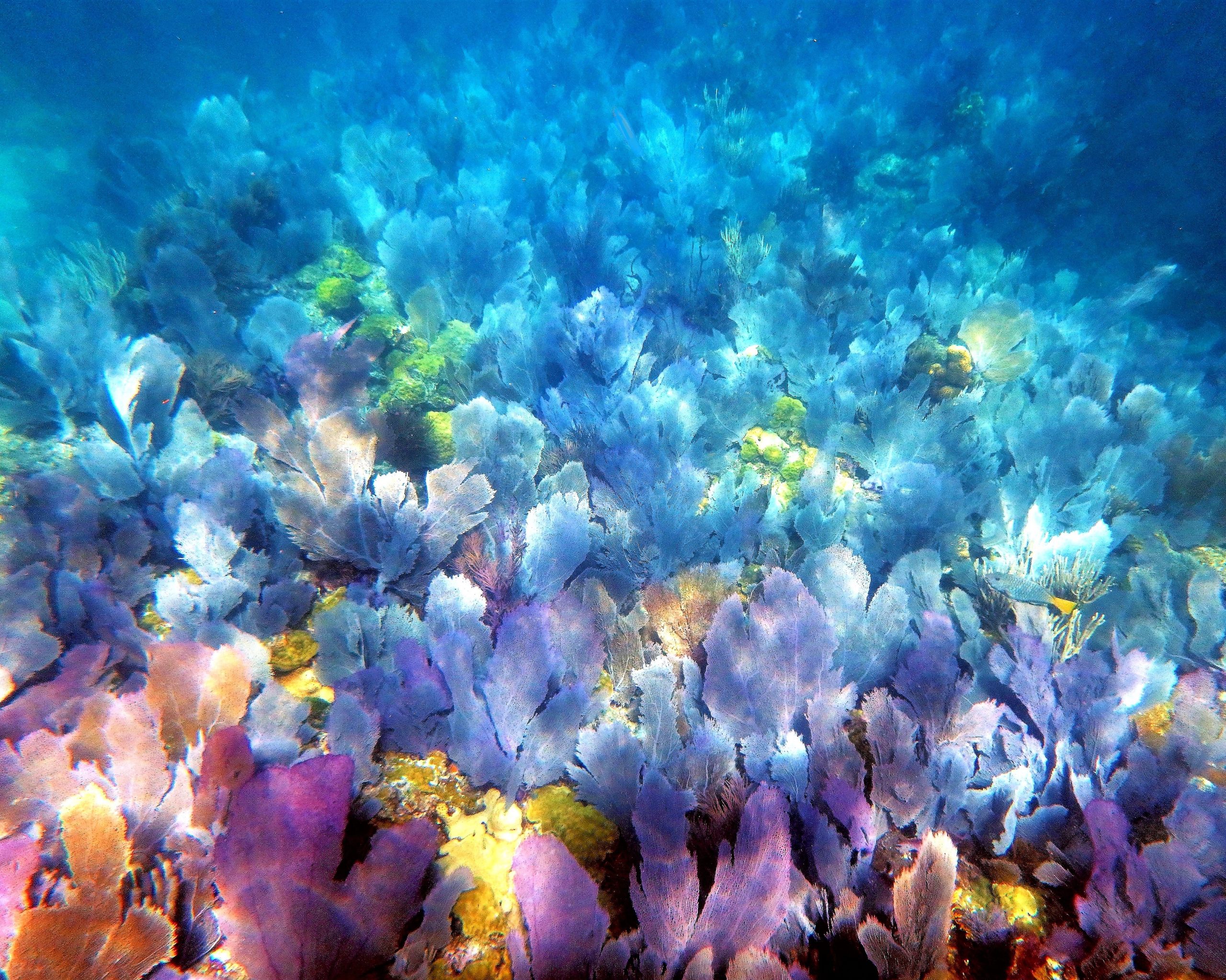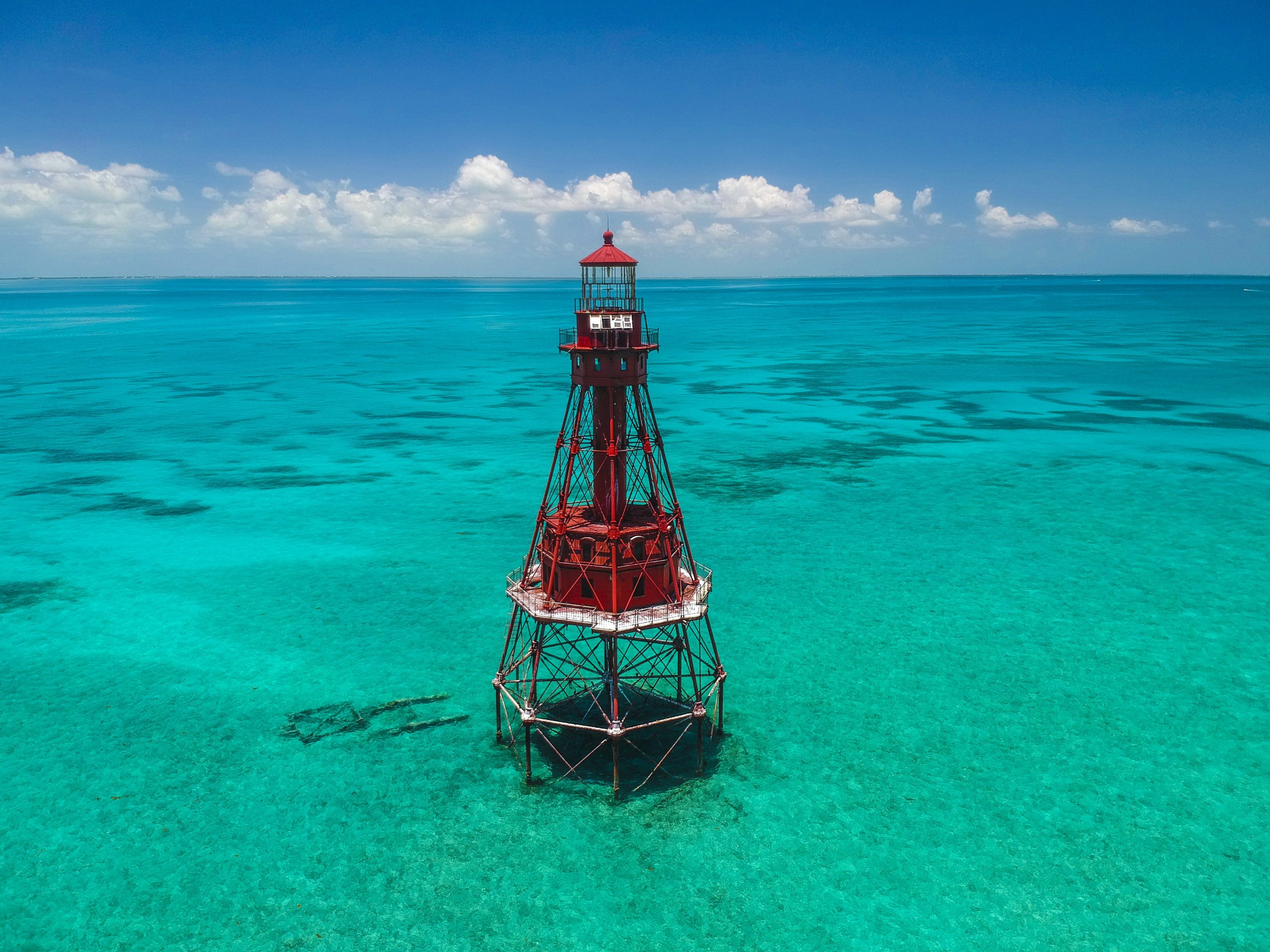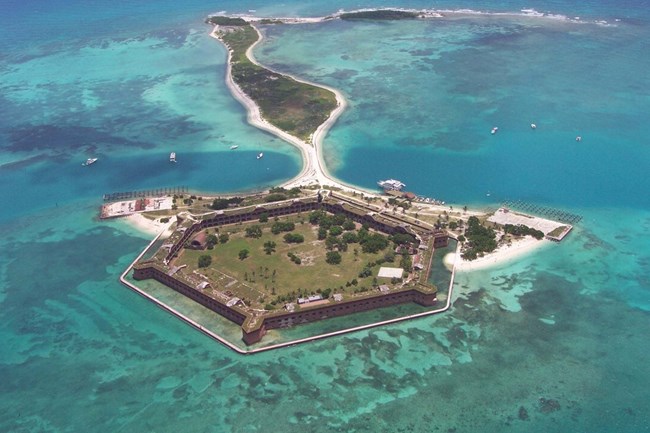News & Updates
Spawning the future of Florida’s Coral Reef
Written by: Author: Liv Williamson, Ph.D. Candidate at the University of Miami’s Rosenstiel School of Marine and Atmospheric Science
Coral spawning is perhaps the most spectacular natural event I have ever witnessed.
During only a few nights each summer, many of Florida’s important reef-building corals reproduce simultaneously through “mass spawning.” Using cues from the environment such as lunar cycle, water temperature, and day length, sexually mature colonies release their gametes (eggs and sperm) into the water column in near perfect synchronization with other colonies of the same species. By releasing their gametes all at once, these adults increase the chances that their eggs will be successfully fertilized.
At the beginning of August, a collaborative team from the University of Miami’s Rosenstiel School of Marine and Atmospheric Science, SECORE International, and the National Oceanographic and Atmospheric Administration had the privilege of witnessing this incredible phenomenon for the first time in Miami-Dade County. Coral spawning research is very hard work that requires all hands on deck. The team dove every night for approximately a week after the full moon to observe the colonies that spawned, collect gametes from as many of them as possible, and cross-fertilize gametes from different colonies to create a variety of genotypes. Now, we are raising the larvae until they settle, after which we will use them for restoration efforts and research.

The process began about an hour before sunset each evening when our team entered the water to identify the colonies we suspected might spawn later that night. We marked each colony with different colored buoys so that later, when collecting gametes, we could track which ones came from which parent colony. We focused our efforts on a few key reef-building species, including Acropora palmata (commonly known as elkhorn coral), Acropora cervicornis (staghorn coral), and Orbicella faveolata (mountainous star coral). All of these species are structurally complex and crucial to building the foundation of Florida’s Coral Reef. Divers also took advantage of the daylight to orient ourselves within the reef so that we felt comfortable and familiar with its layout while navigating in the dark a few hours later.
Then, we returned to the boat, switched our dive gear over to new tanks, snacked on sandwiches, chit-chatted and waited until night fell – that’s when the real show would begin.

At approximately 9:45 p.m., when the sky had completely darkened and stars twinkled above us, we splashed again. Equipped with underwater flashlights and glow sticks, we penetrated the darkness of the reef to find the coral colonies we had marked. Once we located them, we watched the polyps closely with our flashlights to look for signs that they were ready to spawn.

The corals aren’t the only animals active on Florida’s Coral Reef at night. Bioluminescent ctenophores – transparent, jelly-like animals with proteins that help them emit their own light – drifted like tiny spaceships through the dark water around us. Nurse sharks hunted for crustaceans along the sea floor. Dinner-plate-sized reef spider crabs crawled atop coral colonies. Schools of shimmering silver barracuda circled and watched us silently as we worked.

Most of Florida’s coral species are “simultaneous hermaphrodites,” meaning that they produce both male and female gametes (sperm and eggs) at the same time. Each coral polyp packages its sperm and eggs together into single “bundles,” adding lipids (fats) to help them float in the water. When the coral is getting ready to spawn, these bundles appear as round bulges in the mouths of each polyp, staged or “set” for release. Our dive team knew a coral was about to spawn when we saw these bulges. We raced to place a “collector” – a conical mesh net with lead line at the base and an inverted collection tube at the apex – over the colony just in time. All at once, only a few minutes after the bundles had set, the corals released their hundreds of gamete bundles into the water column. Positively buoyant, they floated lazily upward while rocking side-to-side in the gentle surge. One by one, the tiny pinkish bundles trickled into the jar at the net’s apex.

In the darkness around us, flashlights illuminated nets over other colonies, all releasing their bundles and spawning in synchrony. Some colonies were too large for the nets to completely cover them, so some of their gamete bundles escaped collection and wafted around us in the water column. The effect was strangely beautiful, like being inside a dark snow globe. Although diving late at night for many days in a row was exhausting, I felt profoundly grateful to view this natural phenomenon that so few people will ever see. Despite the damage that Florida’s corals have endured due to climate change, pollution, overfishing, and other stressors, these threatened animals successfully interpreted cues from nature to reproduce and give reefs a future. Witnessing the start of new life in this important ecosystem, which supports a vast diversity of marine life and sustains our growing coastal communities, I felt that our research could make a difference.

Once the bundles filled about 20% of our tubes, we capped them, labeled which colonies they came from, and brought the bundles to the boat. Not long after being released, these bundles break up into individual eggs and sperm and fertilize the gametes of other colonies. We wanted to keep track of which parent colonies created each batch of larvae to compare the relative fitness of their offspring over the following days and months. Onboard the boat, team members on surface support duty diligently tracked which tubes of gamete bundles they mixed together, so that we could know which parents contributed to a given batch of coral babies.

Just like that, as suddenly as the bundles appeared and were released, the spawning event was over. We collected our nets and colony markers, hauled ourselves back onto the boat, and sped back to land to assess fertilization success and begin experiments with the larvae that will start developing soon.
Back on land, we distributed our crossed gamete batches into new containers at lower concentrations and gave them fresh, clean seawater. The team stayed up late into the night – often until 4 a.m. – squinting into microscopes to quantify fertilization success and watch as new coral embryos begin to develop into larvae.

The majority of our larvae were transferred to large, floating pools known as Coral Rearing In-Situ Basins (CRIBs), developed by SECORE International to culture and settle hundreds of thousands of larvae. Some larvae remained in our land-based lab at RSMAS, where we will test methods for maximizing their survival and growth over time. In the days after spawning, we monitored the developing larvae closely as they progressed from ball-shaped passive drifters to oblong active swimmers. We provided the larvae with ceramic or 3-D printed substrates for them to settle on. After a few days, the swimming larvae sank out of the water column, selected their permanent homes by attaching to the substrates we provided, and underwent metamorphosis, forming mouths and tentacles as they transitioned into the polyp phase.
After the team has cared for the settled coral juveniles for several weeks, they will be re-introduced (or “outplanted”) to a local reef to rejoin the native population. Outplanting these sexually-produced coral recruits will help to seed degraded reefs with new individuals and new genetic diversity, ultimately helping combat reef decline.
STARTING THEM YOUNG:
Enhancing survival and success during coral early life stages
So why do we do all of this? Why do we deprive ourselves of sleep for a week or more at a time to collect and rear things we can barely see with the naked eye?
Coral reefs worldwide are under threat from multiple stressors including ocean warming, ocean acidification, nutrient pollution, and overfishing. To combat the decline of coral cover, scientists and citizens have established active reef restoration programs that act as coral “farms,” growing and propagating corals in nurseries before outplanting them onto degraded reefs. However, the majority of these programs propagate corals through asexual reproduction – fragmentation of an adult colony to create multiple new, genetically identical colonies – a strategy which alone may not maintain diverse, resilient populations because it doesn’t introduce novel genetic information or alternative allele combinations. To capture adequate genetic variation to maximize diversity and survival in the face of changing oceans, it is important for restoration practitioners to incorporate sexual coral reproduction into their efforts.
Hence, the significance of researching and taking advantage of coral spawning events to generate hundreds of thousands of new coral individuals, each with their own unique genetic information. The corals that our team are raising and outplanting will inject much-needed diversity into Florida’s struggling coral populations, hopefully enhancing their ability to respond to changing environmental conditions.
Why do we interfere at all? Why don’t we just let the corals reproduce in the wild without putting all this time, money, and effort into collecting their gametes, caring for coral larvae, and raising baby corals?
The short answer is that of the billions of gametes released during mass spawning events and the millions of larvae produced, very, very few offspring make it to maturity. Several population bottlenecks exist during the early life stages of corals, resulting in high mortality and preventing sexual reproduction from quickly enhancing coral cover on struggling reefs. Gamete bundles and coral larvae serve as nutritious, energy-rich prey for a variety of marine animals, meaning that they are subject to high predation. As coral cover drops, the number of colonies that can spawn declines, decreasing the likelihood of successful reproduction. Finally, climate change harms corals at every life stage, reducing fertilization success of gametes as well as survivorship of larvae and settled recruits.
To help mitigate these challenges, researchers can (1) collect gametes as they are released to prevent predation; (2) control fertilization by crossing gametes from different colonies; (3) rear coral larvae in closed or semi-closed systems with optimal environmental conditions; and (4) provide them with appropriate substrates for settlement.

In summary, our intervention ensures the creation of new genetic diversity, increases larval survivorship, and boosts settlement success. Raising coral juveniles without the risk of predation, competition, or environmental stress will hopefully get them through the bottleneck of extremely high mortality that occurs in the wild, thus maximizing survival, growth and the impact they can make for conservation and restoration efforts. These efforts require a lot of time, money, and manpower, but since genetic variation is arguably the fuel of resilience and sexual reproduction has the potential to create thousands to millions of new coral individuals with distinctive genetic material, we feel it is worth the investment to give them the very best chances at survival that we can.

Conclusion:
Ultimately, the goal of restoration practitioners is to increase the resilience of struggling reefs so that corals will persist as they face many stressors including ocean warming, ocean acidification, disease, pollution, and overfishing. In my opinion, sexual reproduction provides the best chance of increasing reef resilience by creating and fostering genetic diversity that strengthens the potential for adaptation and population recovery. That’s why it’s so important to “start them young” to maximize the survival of coral gametes, larvae, and recruits and to ensure that the next generation of corals will be robust enough to withstand whatever the world throws at them.
